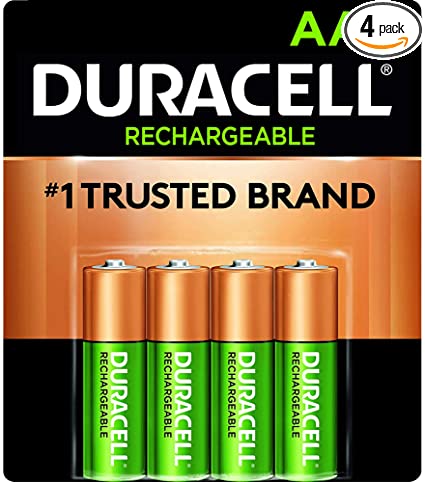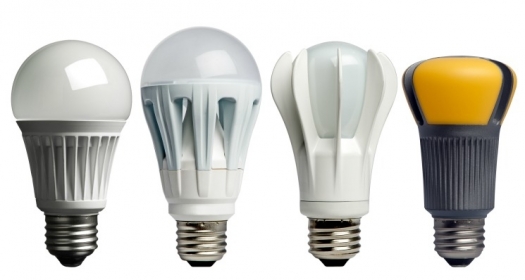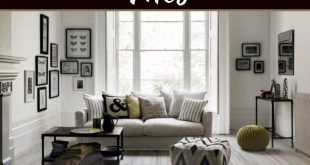So here is the current project: buy some lamps for the house. Stressful? Shouldn’t be anyway. But child’s play? Not necessarily.
There is a common phrase that is increasingly used to downplay potential difficulties: This is not rocket science.
And yes – or should it be no – this is not the case in 99.9% of cases.
BUT. There is nothing wrong with doing things right. And usually you have to think about it. It means doing research. Arm yourself with some facts to increase your innate abilities. After all, you don’t buy lamps every day, do you?
The attention to detail is a close ally of the artistic flair. It’s just that flair is a faster thought process. Some people trust their instincts while others want to learn from an expert.
In case of Purchase of household lampsIt is certainly not rocket science. But you can bet that your bottom dollar rocket scientist and their spouse / partner / significant others won’t pick up the phone and order “Five Indoor Lights”. Any kind. I don’t care. Enough with the questions, just send me five lamps. “
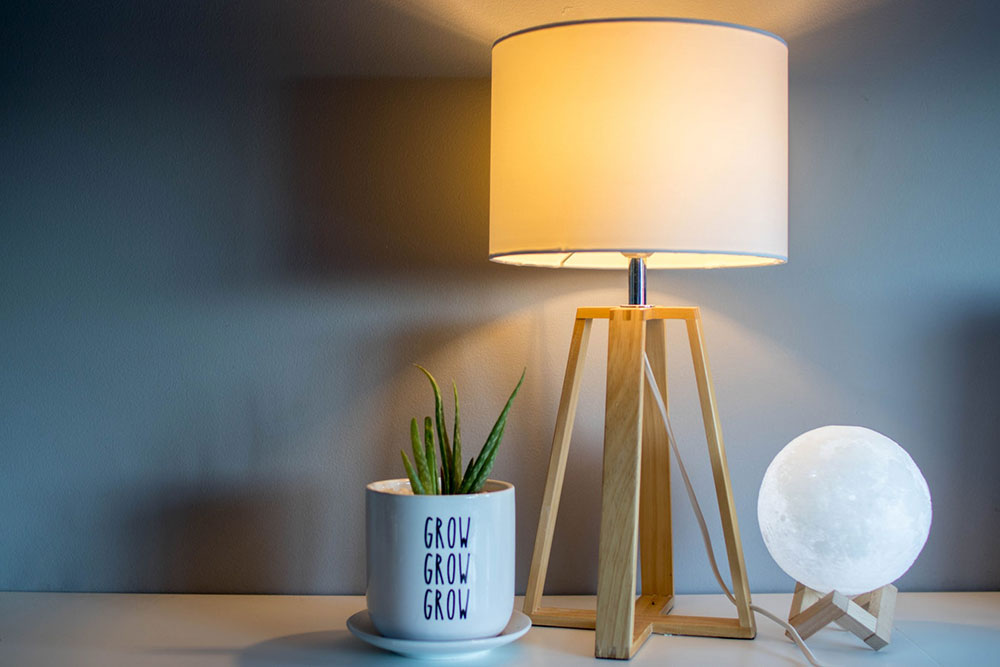
There are lighting stores, just like everything else, and if you’ve never been to one, prepare to learn a thing or two.
A good salesperson will ask questions and you’ll have all the answers you may never have thought important.
It is wise to brush up on your knowledge before you begin, and just like you will find different interpretations of a recipe when cooking something else, a basic explanation, based on factual rather than personal perspective, may be essential.
Here are four things to think about before entering the sacred portals of Let There Be Lyte, or whatever snappy name they came up with.
1. Practical or decorative?
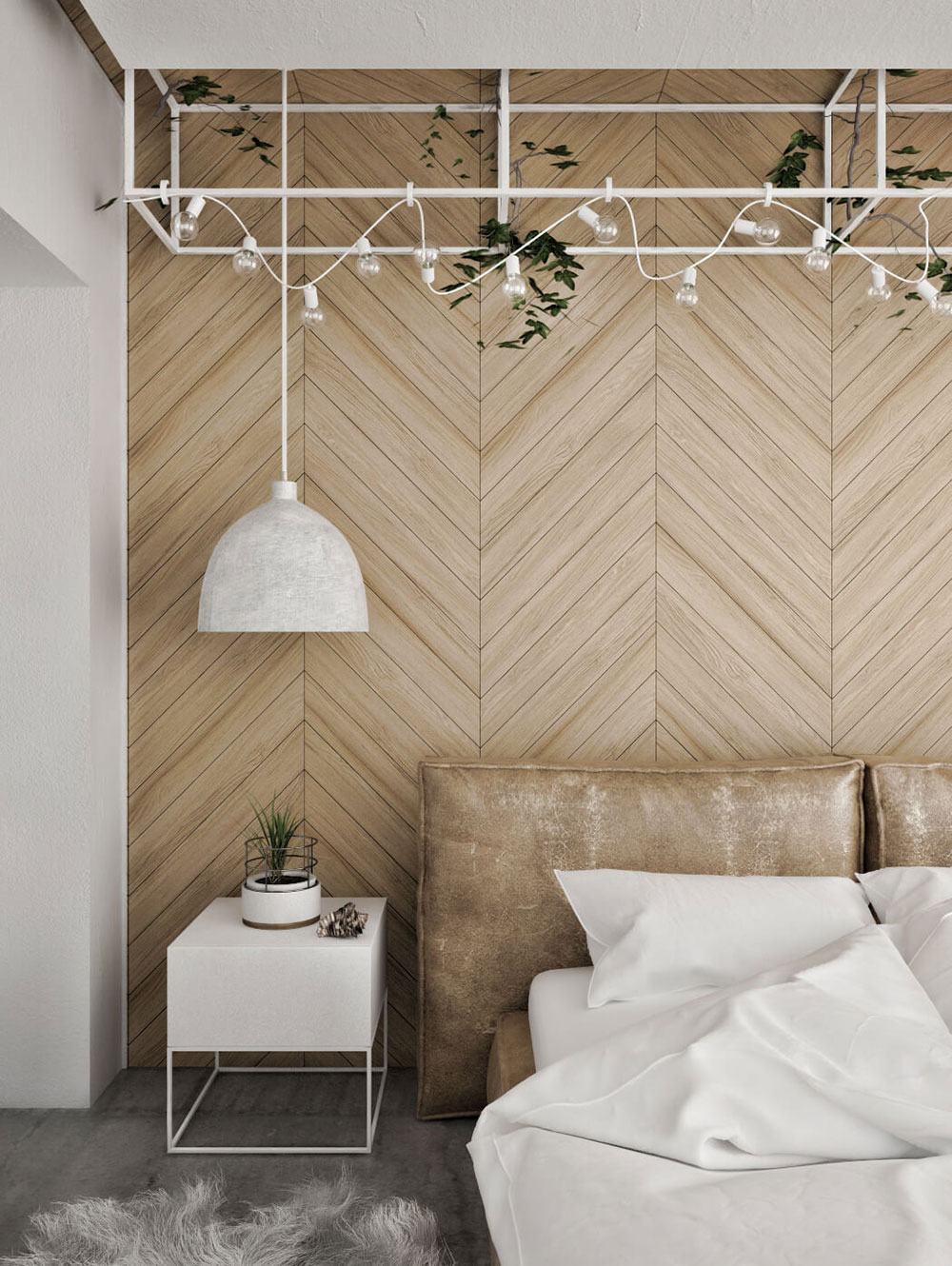
What is the purpose of this lamp? Should a corner of the room look more attractive? In this case, the lamp itself can help and illuminate what is already there. So you are looking for an attractive artifact for yourself.
Is it for security reasons? Make people aware of a step that could stumble them?
Is it to draw attention to a picture on the wall? It is a specialty and you need to study it carefully. See point 3.
2. Up or down?
Built-in lights usually shine downward, exposing the lightbulb and giving the device a fierce center. Uplighters create a softer effect. They reflect light from the ceiling so that it bathes the room.
3. Floor or table? (Or wall or desk)
This is largely a question of height. If you have a table at this point, you can put a lamp on it, but that takes up space on the table. Maybe it would be better to have a tall lamp on the floor. And that could be anything from a simple bar made of wood or metal to an ornate, twisted wood effect with round sections, disc shapes, or flat ones with as many surfaces as the designer wanted. Or a Greek columnar thing. Interesting to look at or distracting? It’s all a matter of taste.
If the practical purpose is to let people see what is on a table or other unit – perhaps put a buffet on it, or a brochure, magazines, etc. – you need a lamp that doesn’t get in the way, like that a sleek shade might be the answer.
A solid wall lamp that is installed long after the space has been wired must be handled carefully by the installer to avoid unsightly cables running after it like ugly plastic vines.
If you want a wall lamp to throw the light further into the room, there are those with an accordion mechanism so that they sit almost flush normally, but can be pulled out as desired.
And then there are desk lights that serve no purpose in the rest of the room, just doing their work on the desktop while you attend to a business or the fast-disappearing art of letter writing.
In all of these cases, height is an important factor. You don’t want to stare at a lightbulb, so you may need to take some measurements – chair, table, desk, and the angle made by moving the light away from these things.
It is still not rocket science, but there is still a lot to do.
For the picture lights, it is best to seek advice from an art shop. Will the heat or light from a nearby source damage the image? Normal glass or non-reflective? Things to consider again.
4. Adjustable or Fixed?
You can move a floor lamp or table lamp – physically move it around the room – but in most cases you can’t really control which way it shines. But there are things like gooseneck lamps where you can bend your neck and it will stay in that shape so it can be pointed at something.
Similar to desk lamps, the classic style of green glass and brass doesn’t have much flexibility, but swingarms can be set high or low, extended or retracted, and pivoted at the base and head.
The world is full of opportunities, and if you think you’ve seen it all, you’ll go to a second-hand shop, a chic executive office, or an Indian restaurant, see something and think, “Wow! That’s it.”
If this blog post gets you stuck and it gets you thinking, you will probably agree with me that while there is no Nobel Prize for lamp selection, there is more to it than meets the eye. The lighting in your home or business may not be the most obvious determining factor, but it does matter – in fact, it can make all the difference.
If you have a story of unexpected success or costly failure, please tell us in a comment. We’d love to hear from you.
 TopsDecor.com Home Decor Ideas
TopsDecor.com Home Decor Ideas
